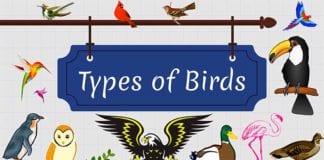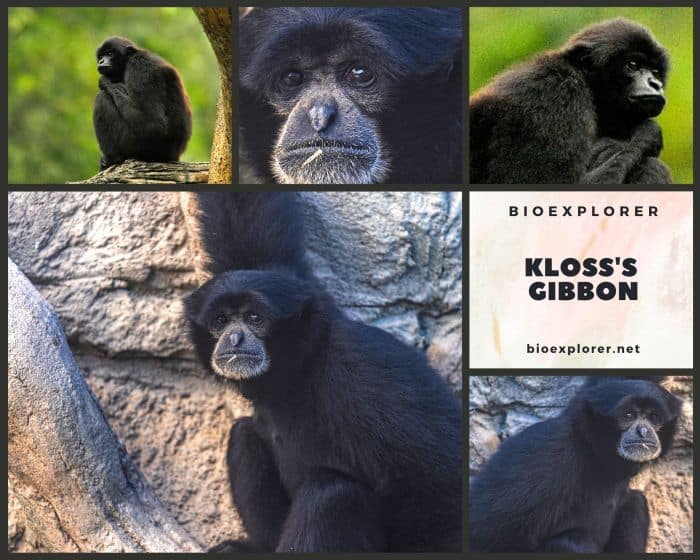
| Animalia | Primates | Hylobatidae | Hylobates | Hylobates klossii |
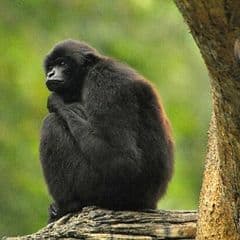

- Common Names: Kloss’s Gibbon, Dwarf Siamang, Mentawai Gibbon, or Bilou
- Taxonomy Classification Year: 1903
- Monkey Size: 44 to 63 cm (17 to 25 in)
- Skin Color(s): Black
- Habitat: Rainforest
- Diet: Omnivorous
- Native Countries: Indonesia
Kloss’s Gibbon Distribution
Kloss’s Gibbon Characteristics
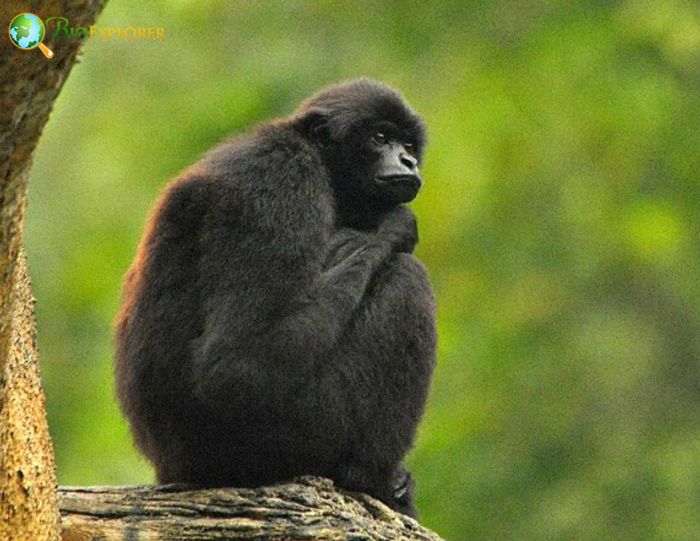
Kloss’s gibbon[1] (Hylobates klossii), also called the dwarf siamang, Mentawai gibbon, or Bilou, is an endangered primate in the gibbon family Hylobatidae.
- This species has long forearms for brachiation.
- These slender, tailless primates have a thick, glossy black coat with padding on the buttocks and a large throat pouch under the chin.
- The throat pouch helps fuel their calls.
- Females are somewhat larger than males, with males weighing around 5.6 kg and females around 5.9 kg.
What Eats Kloss’s Gibbons?
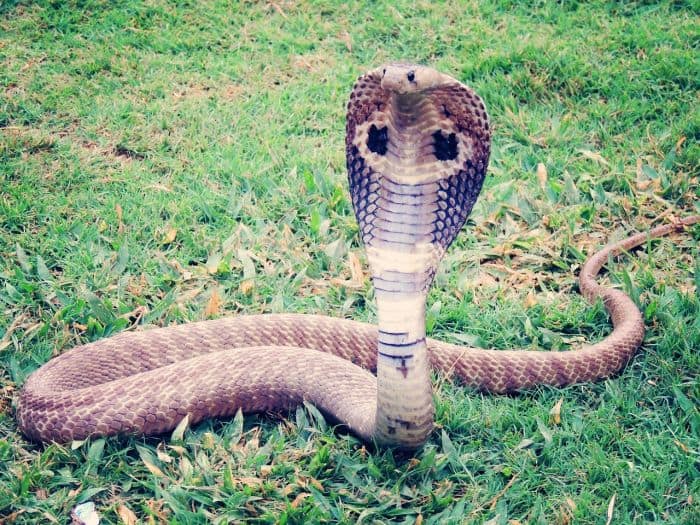
Leopards (Panthera pardus), Cobras (Serpentes) and Falconiforms (Falconiformes) are the primary predators of Kloss’s Gibbons.
Kloss’s Gibbon Facts
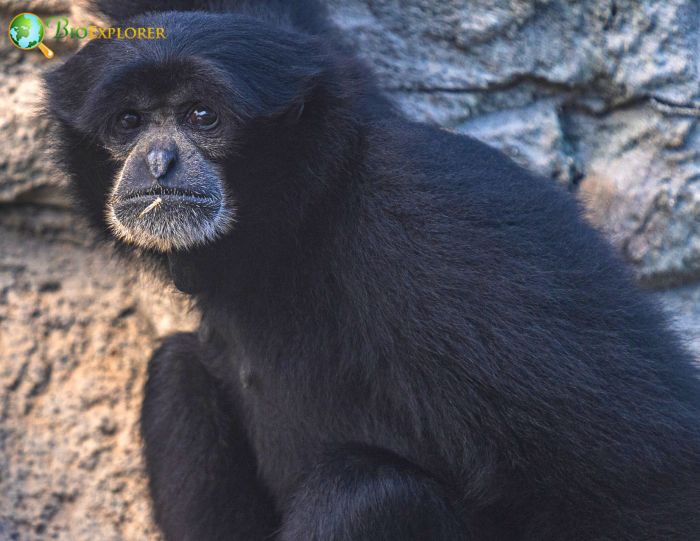
- Kloss’s gibbons[2] are territorial, with semi-adult males and adolescents working with their fathers to protect the group’s territory.
- It is a diurnal rainforest inhabitant, hanging from trees with long arms and rarely reaching the ground.
- Like all gibbon species, it lives in pairs that define a territory of about 20 to 30 hectares.
- Unlike most other gibbon species (except the Javan silvery gibbon and Hylobates moloch), male and female Kloss’s gibbons do not sing in duet.
- The female Kloss’s gibbon song is considered the most beautiful of all gibbon songs. The distinctive calls are characterized by a slow rise and fall punctuated by a succession of trills.
Suggested Reading: Types of Apes with Pictures
Cite This Page
APA7MLA8Chicago
BioExplorer.net. (2025, April 14). Kloss’s Gibbon. Bio Explorer. https://www.bioexplorer.net/animals/mammals/apes/klosss-gibbon/.
BioExplorer.net. "Kloss’s Gibbon" Bio Explorer, 14 April 2025, https://www.bioexplorer.net/animals/mammals/apes/klosss-gibbon/.
BioExplorer.net. "Kloss’s Gibbon" Bio Explorer, April 14 2025. https://www.bioexplorer.net/animals/mammals/apes/klosss-gibbon/.









